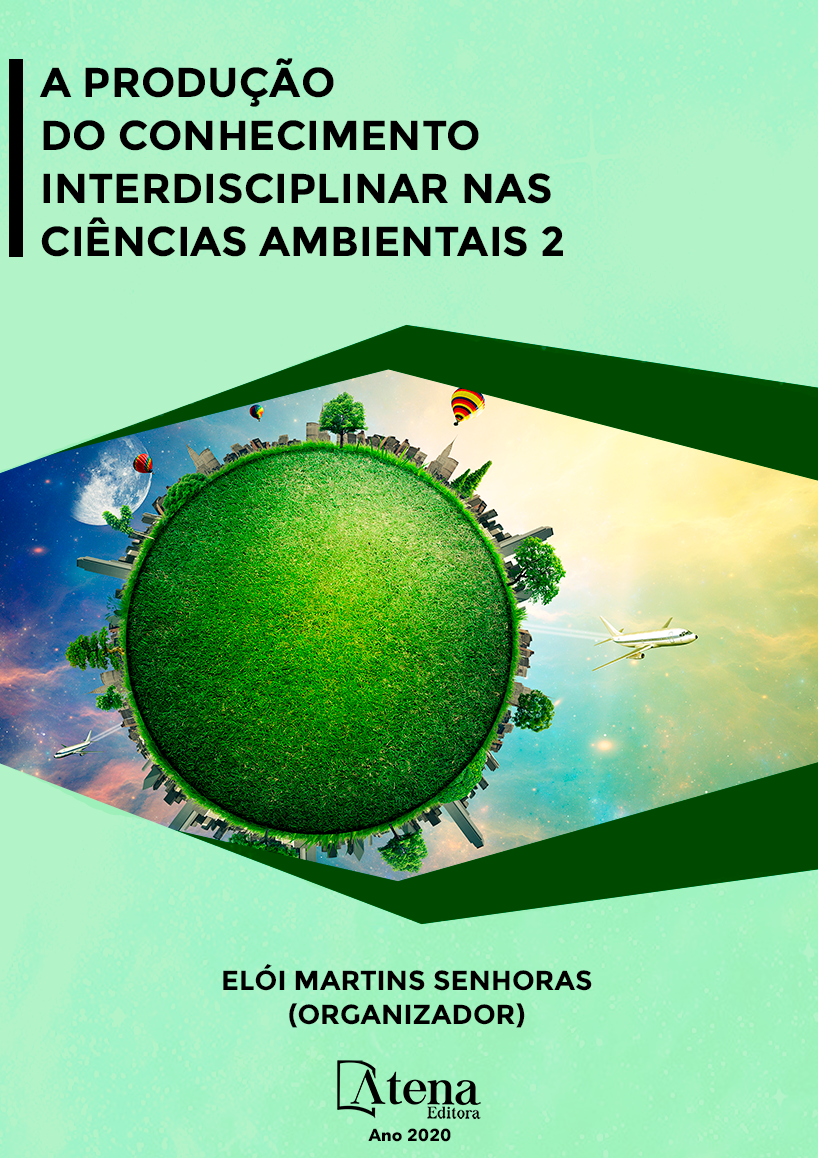
INFLUÊNCIA DA VEGETAÇÃO EM VARIÁVEIS CLIMÁTICAS: ESTUDO EM BAIRROS DA CIDADE DE CASCAVEL - PR
Este estudo teve como objetivo
analisar as áreas verdes da cidade de Cascavel-
PR, com a utilização dos cálculos de Índice de
Áreas Verdes (IAV), Índice de Áreas Verdes de
Maciços Vegetais (IAV MV), Porcentagem de
Áreas Verdes (PAV) e Porcentagem de Áreas
Verdes de Maciços Vegetais (PAV MV). Todos
estes dados foram obtidos dos 31 bairros
da cidade afim de obter-se a informação do
bairro com melhores e piores índices. Uma vez
identificados estes bairros foram determinados
pontos de coleta de dados para verificação se
a vegetação urbana influencia nas variáveis
climáticas de temperatura do ar e umidade. Foram
estipulados pontos de coleta denominados P1,
P2, P3 e P4, com a presença ou ausência de
vegetação dos bairros determinados: Região do
Lago, que obteve melhores índices e Pacaembu
que obteve os piores índices. Com as coletas
de dados com equipamentos pode-se observar
que a presença de vegetação tem grande
influência no microclima local e que a região
que possui maior quantidade de maciço arbóreo
tem melhores condições climáticas sobre a
região da cidade que tem menor quantidade
de maciço arbóreo, traduzindo estes resultados
para uma melhoria de temperatura e umidade
do ar, gerando melhores condições climáticas à
população Cascavelense.
INFLUÊNCIA DA VEGETAÇÃO EM VARIÁVEIS CLIMÁTICAS: ESTUDO EM BAIRROS DA CIDADE DE CASCAVEL - PR
-
DOI: 10.22533/at.ed.1912010021
-
Palavras-chave: Áreas Verdes; Qualidade de Vida; Índice de Áreas Verdes.
-
Keywords: Green Area; Quality of life; Green Areas Index.
-
Abstract:
The objective of this study was to
analyze the green areas of the city of Cascavel/
PR, using the calculations of Index of Green
Areas (IAV/IGA), Green Areas Index of Vegetable
Massifs (IAV MV/GAI VM), Percentage of green
areas (PAV/PGA) and percentage of green areas
of vegetal masons (PAV MV/ PGA VM). All these
data were obtained from the 31 neighborhoods
of the city in order to obtain the information of
the neighborhood with better and worse indexes. Once identified, these neighborhoods
were dterminated collection points and data to verify if the urban vegetation influences
the climatic variables of air temperature and humidity. Collection points denominated,
P1, P2, P3 and P4 were stipulated, with the presence or absence of vegetation of
the determined neighborhoods. Região do Lago (Lake Region), which obtained better
indexes and Pacaembu, which obtained the worst indexes. With the data collected with
equipment, it could be observed that the presence of vegetation has great influence in
the local microclimate and that the region that has more amount of arboreal mass, have
a better climatic conditions on the region of the city that has smaller massive amount of
arboreal, translating these results to an improvement of air temperature and humidity
of the air, generating better climatic conditions to the Cascavelense population.
-
Número de páginas: 17
- Décio Lopes Cardoso
- Ana Maria Damasio
- Cinthia Thiesen Otani


